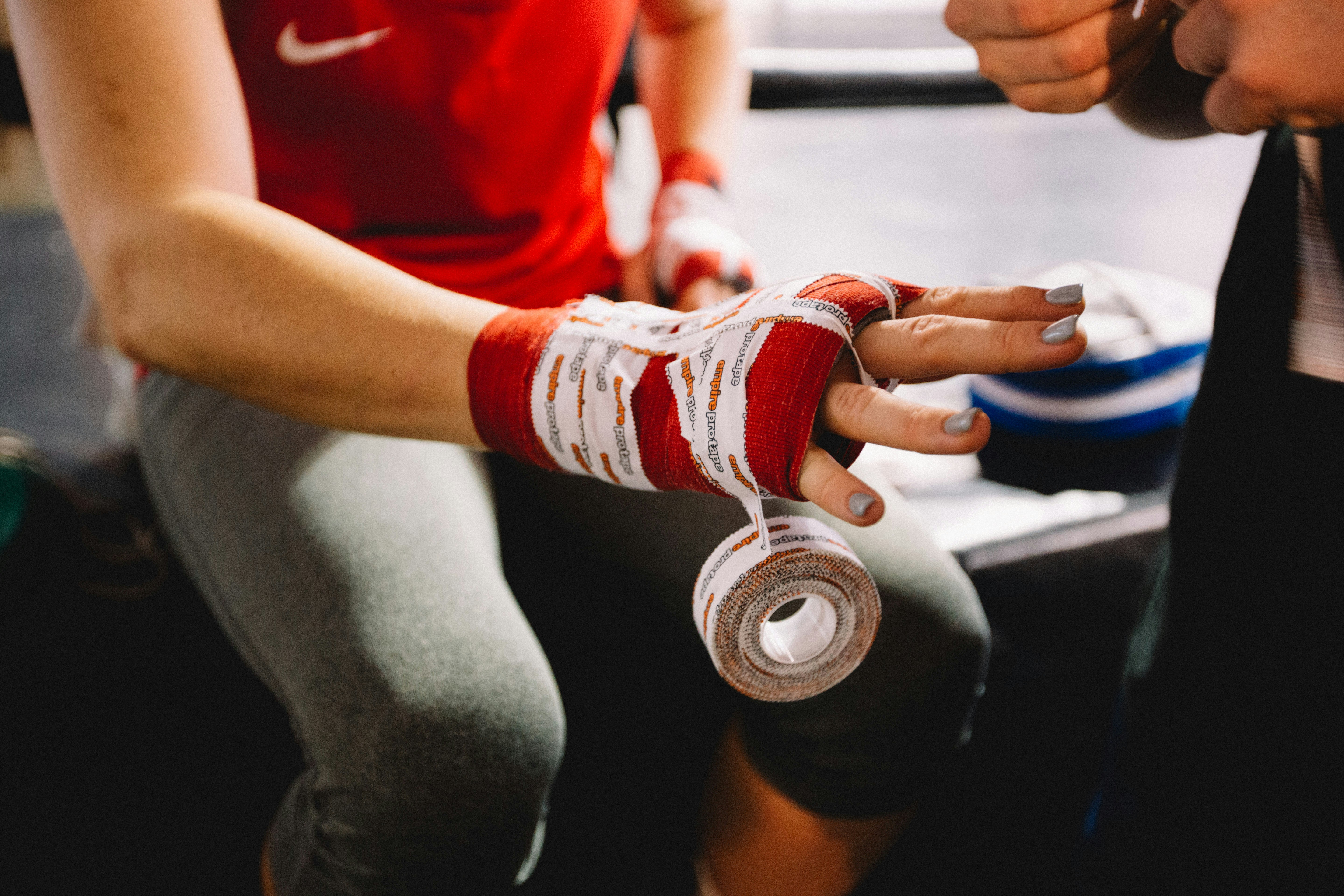Welcome to an article that delves into the importance of cold plunges for athletes. As an athlete, it is crucial to prioritize recovery in order to perform at your best. Cold plunges are a highly effective method for reducing muscle soreness, inflammation, and aiding in faster recovery times. By exposing yourself to cold water after intense physical activity, you can increase blood circulation and decrease muscle fatigue. So, if you want to take your athletic performance to the next level, be sure to include cold plunges in your recovery routine.
Why Cold Plunges Should Be On Every Athlete’s Recovery Radar
Have you ever wondered how elite athletes manage to recover so quickly after intense training sessions or competitions? Cold plunges may just be the secret weapon they use to enhance their recovery process. In this article, you will learn why cold plunges should be on every athlete’s radar and how they can benefit your performance and overall well-being.
What is a Cold Plunge?
A cold plunge is a form of cold therapy that involves submerging your body in cold water for a short period of time. The water temperature typically ranges from 50 to 60 degrees Fahrenheit, although some athletes may prefer even colder temperatures. Cold plunges can be done in natural bodies of water such as lakes or oceans, or in specially designed cold plunge pools.
Imagine taking a dip in an ice-cold lake after a long run or workout. Sounds refreshing, doesn’t it? That’s essentially what a cold plunge is all about – exposing your body to extreme cold to stimulate various physiological responses that are beneficial for recovery.
The Science Behind Cold Plunges
When you immerse yourself in cold water, several physiological responses occur in your body. The cold water causes your blood vessels to constrict, which helps reduce inflammation and swelling in your muscles. This vasoconstriction also helps flush out metabolic waste products that accumulate during exercise, such as lactic acid.
Additionally, cold exposure activates the sympathetic nervous system, which is responsible for the “fight or flight” response. This activation boosts your heart rate and increases blood flow to your muscles, delivering essential nutrients and oxygen to aid in recovery. Cold plunges also trigger the release of endorphins, which are your body’s natural pain relievers, promoting a sense of well-being and relaxation.
Benefits of Cold Plunges for Athletes
Faster Recovery
Cold plunges are highly effective in accelerating the recovery process for athletes. By reducing inflammation and muscle soreness, cold water immersion can help you bounce back quicker from intense workouts or competitions. A study published in the Journal of Science and Medicine in Sport found that cold water immersion significantly reduced muscle soreness and improved muscle function in elite rugby players.
Imagine being able to recover faster between training sessions and competitions. Cold plunges can give you that edge to stay at the top of your game.
Enhanced Performance
When your muscles are less inflamed and fatigued, your performance naturally improves. Cold plunges can help enhance your athletic performance by allowing you to train harder and more frequently without the risk of overtraining or injury. By incorporating cold water immersion into your recovery routine, you can optimize your physical and mental capabilities for peak performance.
Improved Circulation
The vasoconstriction and subsequent vasodilation that occurs during cold plunges can have a positive impact on your circulation. Cold water immersion stimulates blood flow to your extremities, improving nutrient delivery to your muscles and aiding in the removal of waste products. This increased circulation can help speed up your recovery process and promote overall cardiovascular health.
How to Incorporate Cold Plunges Into Your Recovery Routine
Now that you understand the benefits of cold plunges for athletes, you may be wondering how to incorporate this recovery strategy into your routine. Here are some tips to help you get started:
-
Gradually Acclimate to Cold Temperatures: If you’re new to cold plunges, start with shorter durations and slightly warmer water temperatures to allow your body to adapt. Slowly increase the duration and decrease the temperature over time as you become more comfortable with the cold.
-
Timing is Key: The best time to take a cold plunge is immediately after a workout or competition when your muscles are warm and your blood circulation is already heightened. This maximizes the benefits of cold water immersion and promotes faster recovery.
-
Hydrate and Refuel: Make sure to hydrate and refuel with a balanced meal or snack after your cold plunge to support the recovery process. Replenishing your energy stores and providing your body with essential nutrients is crucial for optimal recovery.
-
Combine with Other Recovery Strategies: Cold plunges can be even more effective when combined with other recovery strategies such as compression therapy, foam rolling, and stretching. Experiment with different recovery techniques to find what works best for you.

Cold Plunge vs. Contrast Water Therapy: What’s the Difference?
You may have heard of contrast water therapy, another popular recovery method among athletes. Contrast water therapy involves alternating between hot and cold water immersion to promote circulation and reduce muscle soreness. While both cold plunges and contrast water therapy have their benefits, they work in slightly different ways.
Cold plunges primarily focus on vasoconstriction and reducing inflammation, whereas contrast water therapy utilizes the contrast between hot and cold temperatures to induce vasodilation and enhance circulation. Both methods can be effective in improving recovery, so you may want to experiment with both and see which one works best for you.

Conclusion
Cold plunges should definitely be on every athlete’s recovery radar due to their numerous benefits for performance and well-being. By incorporating cold water immersion into your routine, you can speed up your recovery, enhance your performance, and promote overall health. Remember to start gradually, stay consistent with your cold plunge practice, and listen to your body’s feedback to tailor your recovery strategy to your individual needs. Give cold plunges a try and experience the difference they can make in your athletic journey.




